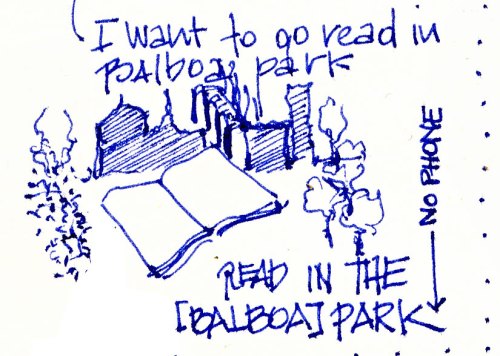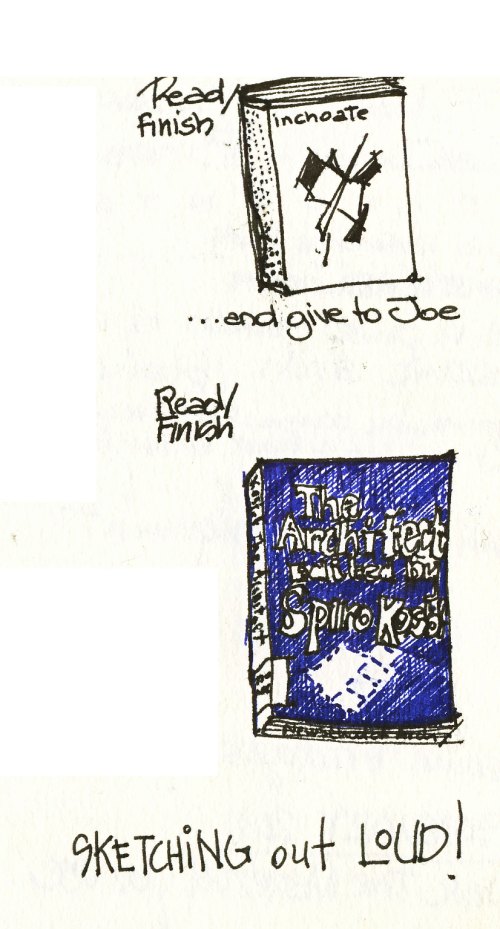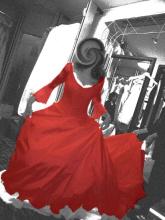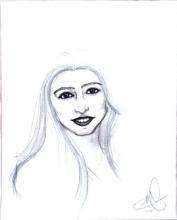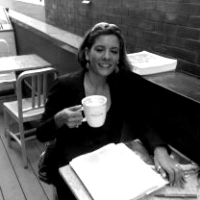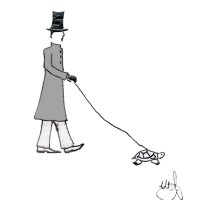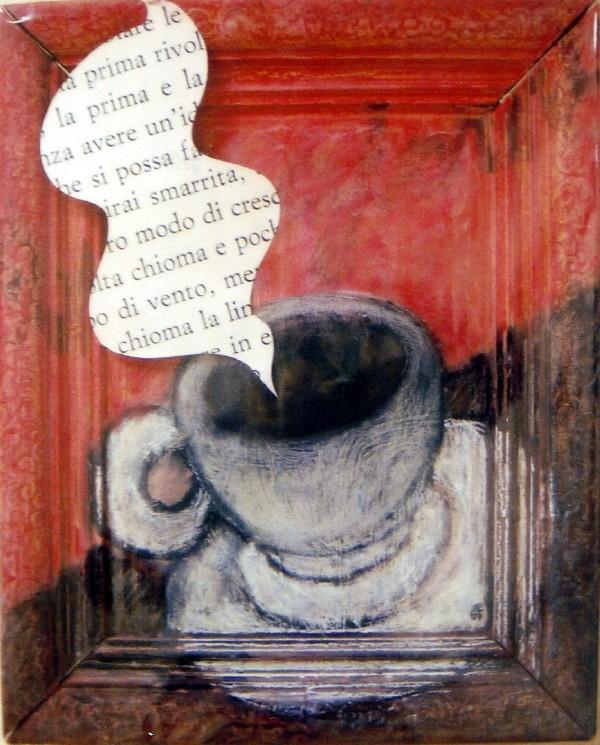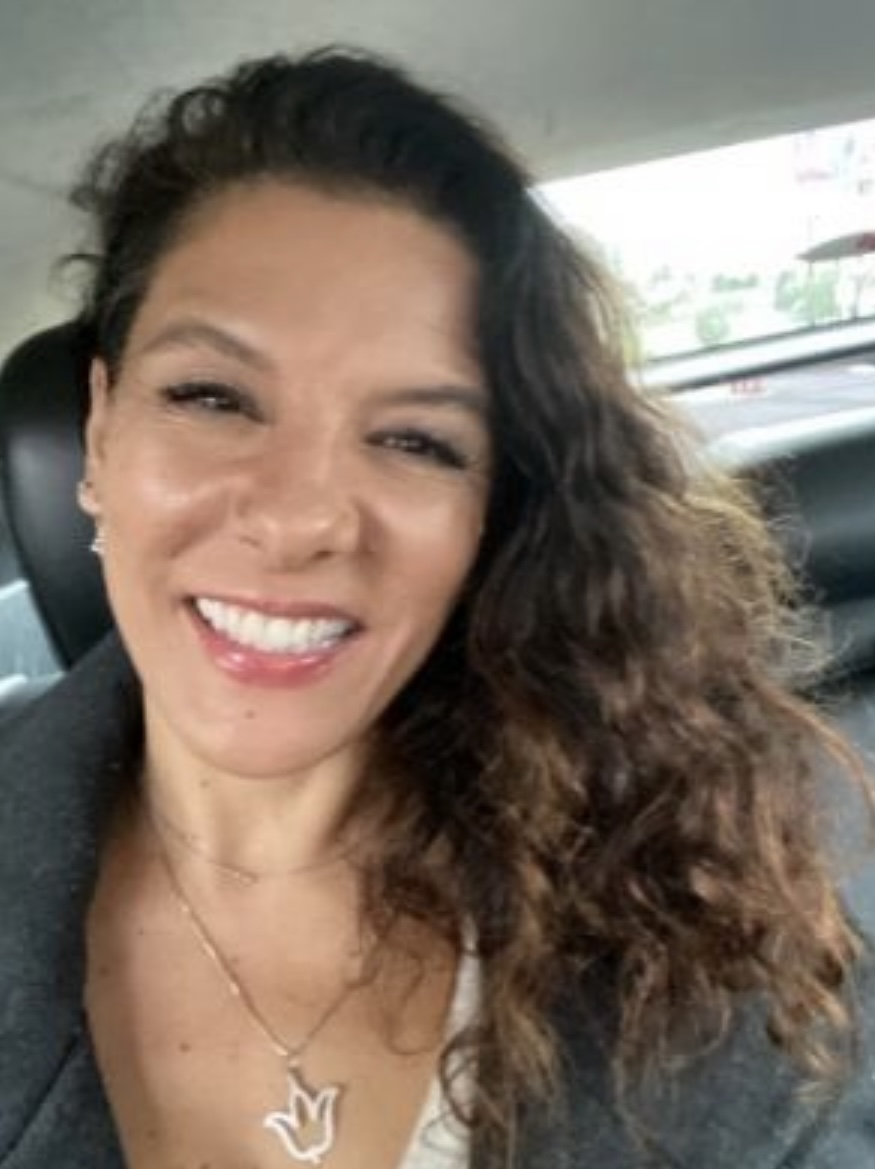As designers, architects, artists, we use the ability to first visualize then communicate a desired outcome. Implementation means having the courage, discipline and perseverance to bring that vision into the physical realm. I love to write, and to write lists, but this year I am doing something different with my 2011 resolutions. I am drawing them. It sems to be working. On good days, and they are abundant here in San Diego, you can find me in the park, chasing the sun and reading. An old-school physical book. The previous specifications is now necessary due to the variety of reading options we have (what is your pleasure, or rather, your poison: smartphone, kindle, ipad, TMZ on your laptop?). These are my immediate, must-finish charges:
Books:
Inchoate: An Experiment in Architectural Education. Angelil, Marc and Liat Uziyel, eds.
The Architect: Chapters in the History of the Profession by Spiro Kostof
Sketching and meditating. Two resolutions, perhaps one and the same.
Pondering on drawing, as opposed to writing, resolutions led me to think about visual vs. written and oral communication.
While drawing-or diagramming-a goal may help provide us with clues, visual or other, that help us actualize it, I don’t buy the argument that ‘visual’ people can only best communicate their intent through images. This is also known as ‘a picture is worth a thousand words’ syndrome. By the same token, I refuse to accept that ‘visual’ people only understand material if it’s accompanied by images and therefore should be excused if they are poor readers or listeners. That is plain laziness. There are notions and topics in this world that cannot be boiled down to neat Powerpoints (even though, heaven knows, we have tried to even run wars through the ubiquitous slide application), but require flight of the imagination, suspension of disbelief, and the ability to follow (picture-less) complex arguments. In trying to explain critical thinking, images run the risk of appearing like obtrusive clip-arts, obfuscating rather than enlightening.
The tyranny of the visual often lets us get away with having inferior written and oral communication skills. I don’t buy the ‘visual’ doctrine (or fallacy) with my students or my architecture colleagues. Maybe it’s because I come from a linguistic lycaeum, was an English Minor, and come from Italy, but the way a person speaks or writes is more important to me, or revealing of their character, than any imagery or composition she or he can conjure up on a board. And here I need to say that, lest I behave like a whitened sepulcher, I know I have failings when trying to communicate: typos due to late night writing, listitis (I make too many lists), lectures that tend to go on a tangent and probably what is called mild A.D.D in this country (or severe A.D.D…depending on what day you ask my students;)). Lastly the fact that, no matter how many years I live here, my soul is Italian and so is the way to express myself, and we do use lot of what here are called ‘run-ons’ in writing, and perhaps even talking. We are peripatetic, scenic-route communicators.
Ok, so I am not perfect: let the flawed still admire and aim at beauty.
I ask the person I listen to to paint a convincing, even seductive picture with their words, to evoke the sense and meaning of their process. Of course exact,clear words go well with exact, clear drawings and diagrams, but seductive images without substantive explanations or clear, logical statements leave me dry. The literary arts are for the most part lost to modern architecture students, beyond the required ‘humanities’ and enticing (but seldom frequented) advanced elective courses. The result is professionals who are literate in CAD, codes, building, or even ‘architecture’, but illiterate in the sense of the global collective written word, and therefore culture. Shouldn’t the designers of shelters for the human race understand its most lyrical expressions? Shouldn’t they design for man and woman’s highest aspiration, rather than the lowest common denominator? We ask architects to create places of Beauty, places that inspire, to design poetic aedifices. Without knowing what poetry is, without at least having been exposed to it, that is an impossible feat. If architecture is the Mother of all the Arts, should it not contain them? Literature, philosophy, liberal arts, music…Where are you Muses in our curricula? We have modified –and are moving towards transforming–the academic requirements for the make-up of the future architect based on the needs (vocational at best ) of field practice, a large number made up by corporate building farms, where architecture is just a sign on the door. Of course we aim for graduates ready to enter the profession, but hopefully we are also aiming for critical thinkers, whole individuals who can inspire, not just perform. What should lead, follows. The trend can only go downward. I am talking about cad monkeys, or people who are paid ‘to draw, not think’ –I was actually told that many years ago. Call me irrational, but I call for mandatory poetry courses (mandatory poetry! an oximoron). Call me utopian, but world literature should be as much part of an architecture curriculum as world architecture. When you know, you cannot unknow. I always say that. When you are exposed to possibilities and ‘big questions’ you cannot accept passively that things are just the way they are because they have always been. Poetry and literature are democratic expressions, highly dangerous to the status quo. And therefore highly desirable.
In my quest, I ran into this book. I am collecting a body of critical readings (for myself!) and this book will definitely be included.
Downcast Eyes: The Denigration of Vision in 20th Century French Thought, by Martin Jay
